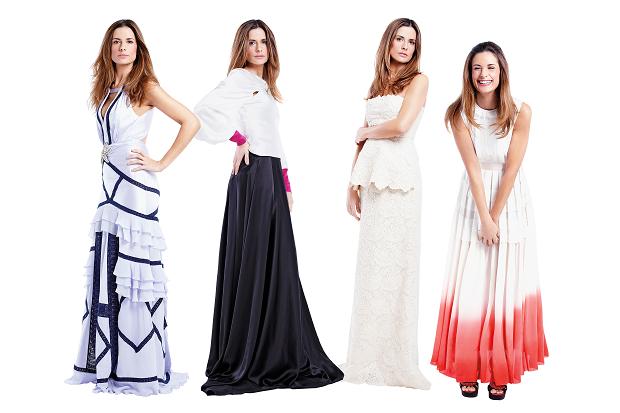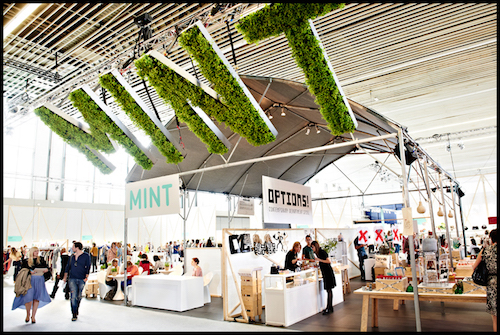 Written By:Dr. Pamela Ravasio, Twitter: @PamelaRavasio, director of texSture.
Written By:Dr. Pamela Ravasio, Twitter: @PamelaRavasio, director of texSture.

Some rights reserved by andrewarchy
High Context Culture & Low Context Culture
Understanding cross-border diversity in consumer behaviour, advertising, sales and marketing management is a widely studied topic of international marketing. Cultural differences matter particularly in business negotiations, advertising, consumer behaviour and marketing research. One of the most frequent approaches, taken from academic and business negotiation literature, differentiates between high-context and low-context cultures, which impacts directly on the quality and quantity of information businesses are willing to share.
In high-context cultures, most of the information is either in the physical context or initialized in a specific person. Very little is in the explicitly and verbally transmitted part. High context cultures have a strong sense of tradition and history, and they assume the listener/reader already knows everything. In low-context cultures, rules are important, knowledge is publicly accessible, the message is carried more by verbal than non-verbal means.
Italy and Spain, and even more so Japan or Korea, are typical high-context countries, France and UK have got elements of the two but France tends to be more a high-context country, USA, Germany, Denmark and Sweden are low-context countries.
One of the consequences of such differences is the manifestation of a European North-South divide. The divide is apparent in the degree of how far sustainable fashion has penetrated into the spotlight and the public awareness in each individual country: In Northern European countries and the UK the discussion is being lead actively and in the public eye; However, in the South, notably Italy and the Iberian Peninsula, the discussion has been all but launched, and it remains to be seen in which way it will ultimately develop.
How do the primary European fashion markets compare against one another with regards to the ‘ethical fashion discussion?
Italy
In Italy, “ethical fashion” (moda etica) is still an empty word for the majority of end consumers, and fashion brands are not engaged. Ethical commitment is equivalent to philanthropy and local community involvement aimed at preserving local and national skill-sets and craftsmanship. This responds to a common fear and a public need for keeping production and know-how in the country.
Spain shares one important characteristic with Italy: The sustainability concept is still new to Spanish consumers, and does not have much resonance. The term is not established as of yet, however, and is currently mostly associated with “comercio justo” (fair trade). Thanks to a few brands at the forefront, e.g. Pikolinos or the IOU project, there is a probability however that the discussion will be lead from a more design lead angle than in other European geographies.
France
In France, ethical fashion is primarily about “commerce équitable” (fair trade) and ‘développement durable’ (sustainable development): 77% of consumers state that for ‘ethical fashion’, ‘no child labour’ is important criteria; and 58% feel that ‘Respect employees’ working conditions and pay them a decent wage’ is key. Furthermore 60% of consumers say it is all about ‘Help develop underprivileged populations’.
Germany
With 1.4% of the market, the German ‘eco’ fashion market is likely currently Europe’s largest. The German fashion market has become increasingly quality oriented over the last years. Due to the national importance of ‘Stiftung Warentest‘ – a not-for-profit organisation founded in 1964 specialising in evaluating consumer goods – quality, health & safety, and environmental issues are the consumers’ primary concern. This is reflected in the reviewed fashion companies’ communications: The spotlight is on environmentally friendly quality products made from organic cotton and other natural fibres. It also seems that ‘Made in Germany’ and local craftsmanship are overall less appreciated than elsewhere in Europe.
Denmark
The growing Danish fashion industry, positioned as ‘accessible luxury’, is committed to sustainability and many brands put this even at the core of their strategy, which suggests that doing business ethically has already become state-of-the-art. Sustainability always encompasses labour issues, supply-chains management and responsible production. In addition, animal rights are also mentioned prominently, in contrast to other European countries. Interestingly, however, department stores and pure retailers do not communicate commitments, unless they are multi-brand retailers stocking ethical fashion brands exclusively.
Sweden
Sweden, different to other European fashion markets, lacks a tradition of luxury goods consumption. Its fashion market is defined by a democratised, authentic, practical fashion culture, most recently characterised by the Swedish Denim Miracle. Consumer ethics is considered an integral part of being a ‘good and valuable citizen’. Brands as well as consumers are proud of the Made in Sweden credentials, and present innovative, future oriented behaviour, manifested amongst other in the mentioned Denim Miracle.
The United Kingdom
The United Kingdom’s fashion landscape, finally, is a paradox: There is no other European market where fast fashion is more common place. Equally, there is no other country where the direct consequence of said consumption pattern has raised more concern on a political level. As a consequence, even strategic policies are being developed to curb the impact; leading high street retailers (such as Marks & Spencer) have committed publicly to sustainability and supply chain transparency; and within the realms of ethical fashion also the higher educational institutions are engaged through high profile researchers and research institutions.
Conclusion
As a conclusion, it can be said that each market has its own priorities with regards to the ethical fashion agenda. Across Western Europe, each individual geographical (ethical) fashion market comes with its own flavour and historical development that influences the way the sustainability discussion is perceived in society at large. While the Scandinavian markets have adopted a more integrated, pro-active and – notably – factual approach, other European markets ‘specialise’ in one aspect or another of the full spectrum, the most popular ones being either fair trade or the environment.

















